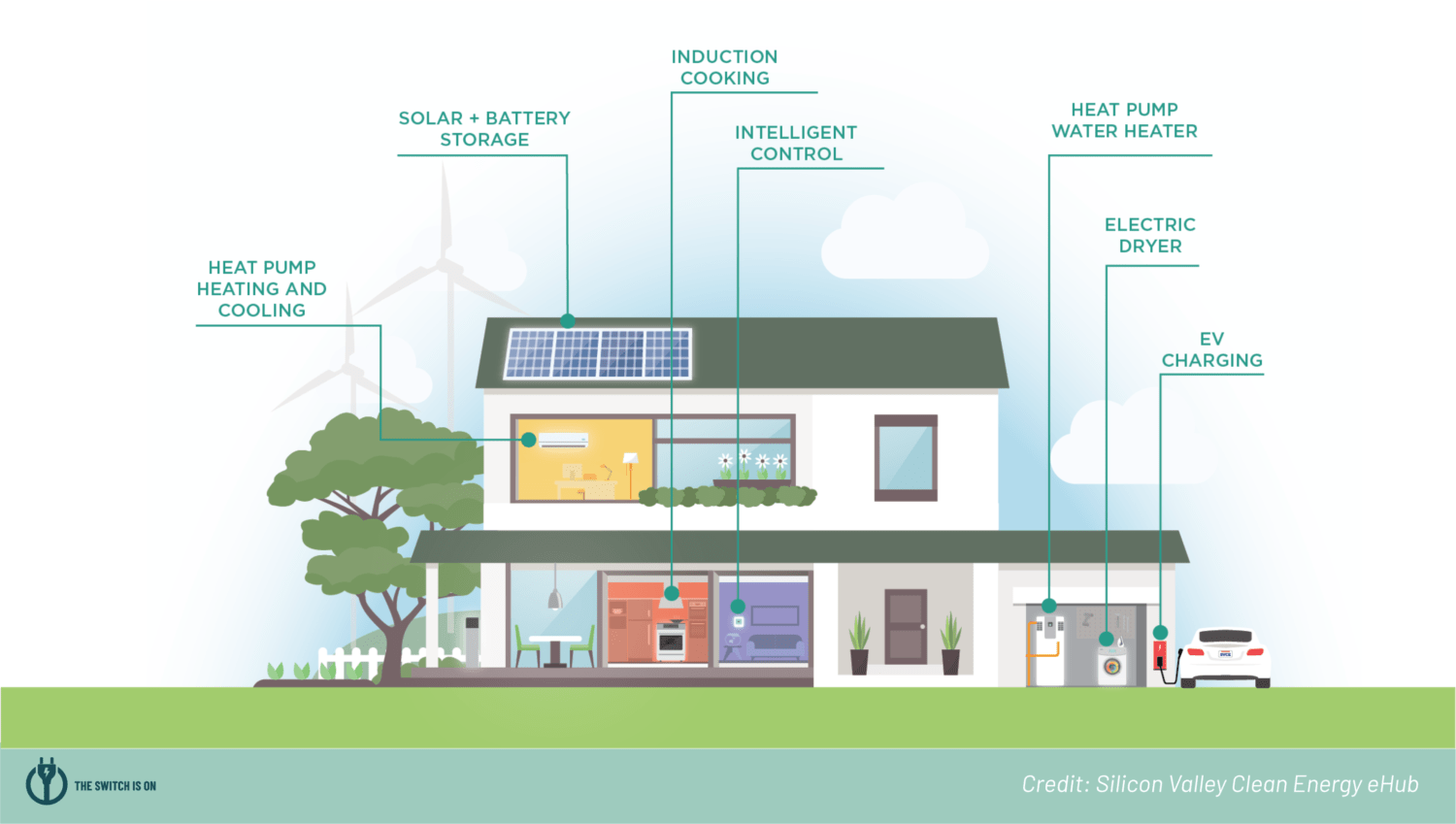Losing power, especially when your home’s life-preserving systems are reliant on it, such as heating and cooling, is stressful. Many Virginians lost power during the early January storms – not just for 24 hours, but for multiple days, with near-freezing temperatures adding to the challenge. All of this brings up questions around resiliency and how we can protect our families from this problem in the future. Is buying and installing a whole-home backup generator the answer? I don’t think so…
I write that for a couple of reasons, the primary being that while a whole home generator might solve the problem for 24-48 hours for most homes, what happens when the fuel runs out? In most cases, these generators are running on propane, and if your propane tank is half-full to a quarter full at the time of the event, running your generator and your furnace is going to literally burn through that fuel quickly, leaving you with nothing (and on a waitlist along with everyone else to get their tank refilled). Thus, except for cases in very, very rural areas, I don’t think that is the resiliency answer.
In urban areas, where you’re likely to have a natural gas backup generator connected to the gas line, yes, you don’t have to worry about running out of fuel. However, I’d question the economics of the resiliency investment at $8k-$10k for a generator that costs $500/year to operate and you utilize once a year or every 2-3 years. Can you make better investments that will also provide you resiliency and other co-benefits?
Yes, you can. Especially for urban households (but still relevant for the majority of rural households), I’d suggest looking at a mix of rooftop solar, battery storage, a smart panel for your circuits, and an electric vehicle. I know, quite the expensive list there, but give me a chance… 20kW of battery is likely costing about $25k (there are cheaper, non-Tesla Powerwall, cool options) and would give an average house with a high-efficiency heat pump 24-hours of heating or cooling at a moderate level. Paired with a rooftop solar system (10kW system for $25k), you have a manner to recharge the batteries when the grid is down. However, you do need sunny skies, which nature doesn’t always provide in the winter. A smart panel for your circuit breakers from the likes of Lumin ($800-$1,500) would allow you to also easily control which appliances are getting the scarce power. Finally, utilizing the battery in your electric vehicle (EV) ($25k-$100k) is another option. A hardware and software connection from Fermata will allow your car’s large batteries to discharge back to the grid or your home in this case. Most EVs come with a 50kW+ battery, so you’d probably have 48 hours of power stored up in it. I loved this article about a reporter sitting in a Ford Mustang Mach-E electric vehicle in super cold Minnesota and being nice and toasty.

Now, getting all of the electric resiliency measures I mentioned could run you $100k, easily, and is obviously more than the $8k-$10k for your fossil-fueled generator. However, all of those electric resiliency measures also provide your family with either another essential service (transportation) or can make or save you money, rather than cost you money. With the electricity grid getting ‘smarter’ and Time-of-Use rates and other dynamic pricing opportunities in the near future, all of these resiliency tools will allow you and your home to be prepared to benefit from the electricity grid of the future.
We are luckier than those in Texas, where more than 150 deaths from the freeze and grid blackouts were attributed to hypothermia. No deaths were attributed to hypothermia from our grid going down in Virginia, which I’ll attribute to better-weatherized homes and everyone helping out their neighbors/communities. Being helpful to our neighbors – especially the most vulnerable – and offering them assistance is probably the number one thing we can do. Of course, I must also plug making the building envelope of your home as tight as possible, with insulation and air sealing important solutions. The less energy you need to heat or cool your home the fewer resiliency measures you need in place.
So, before dropping $10k on a backup generator, please consider other options that can provide your home resiliency in the face of weather-related power outages like we just endured. Home batteries, PV solar arrays, smart panels, and electric vehicles may provide you the resiliency you need while not being a ‘one-trick pony’ as they say.
Cheers,
Chris Meyer, Executive Director of LEAP
